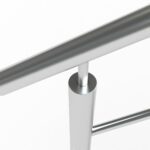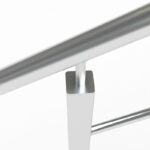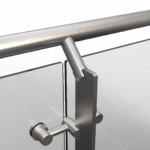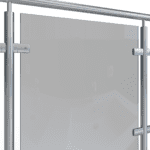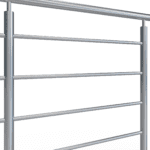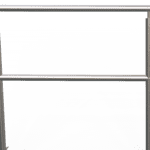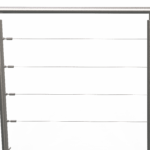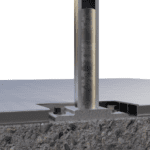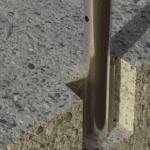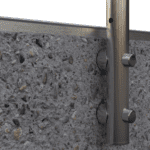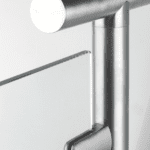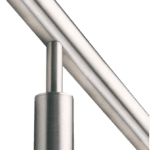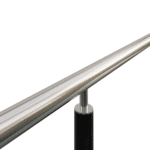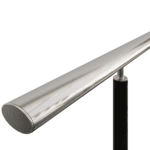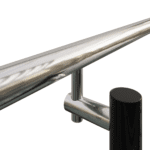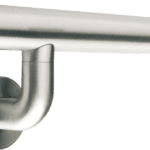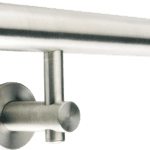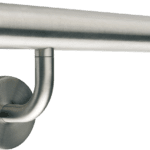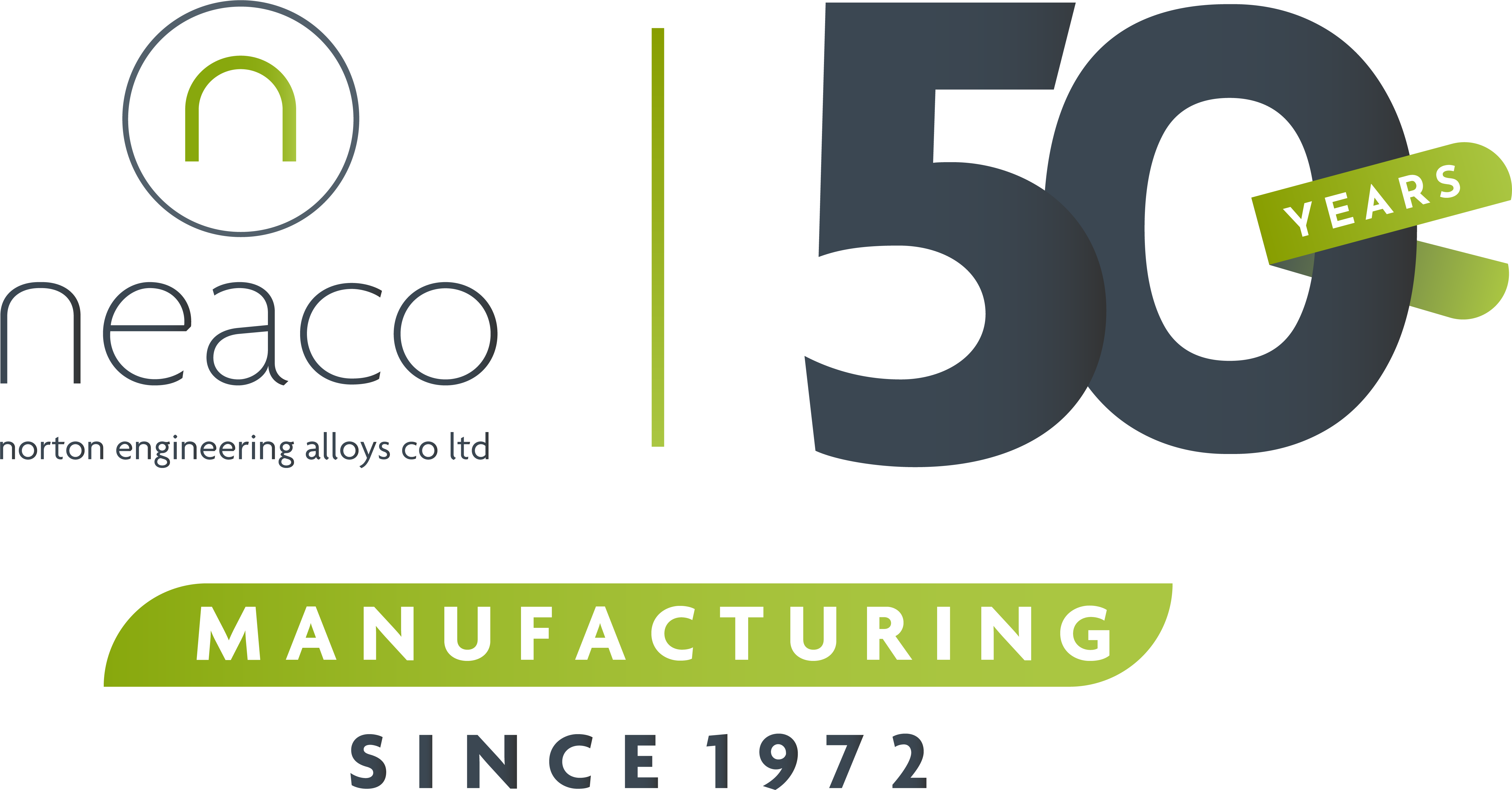Centric is our original stanchion, offering smooth, classic styling with an optional stem bracket. Centric is a highly flexible option with the ability to adapt to most angles or bends.
If you want sharp, clean looks, Quad's square profile is an excellent choice. Its contemporary style has made it a popular specification for high-end projects.
Slim is a superb choice for design schemes which require sleek, high-end aesthetics. Slim's clean, minimalist appearance has made it a popular specification for many prestigious projects.
Tested in accordance with BS EN12600 Class 1, toughened safety glass panel infills can be clear or tinted depending on your needs or we could even create a Bespoke Etched Design if your aesthetics desire it.
Perforated panel infills can be powder coated in a range of colours and finishes. They provide a robust and durable option for high traffic areas.
Providing classic styling, our horizontal railed infills can be powder coated in a range of colours and finishes. The number of rails can vary according to preference, this particular one is Ø22 rails.
Providing classic styling, our horizontal railed infills can be powder coated in a range of colours and finishes. The number of rails can vary according to preference, this particular one is Ø50 rails.
Tension wire infills provide contemporary minimalist styling as well as providing attractive looks.
Neaco’s base fixing detail utilises our custom extruded profile base plate, providing a solid platform for the stanchion to fix onto.
Neaco’s grout fixed detail requires core holes to be drilled on-site, please note core drilling is a wet trade so we advise this is done before any final finishes are applied.
Neaco’s side fixed detail allows the stanchions to be fixed on the side of any structure, typically with a 40mm offset and the side we are fixing to needs a minimum requirement of 150mm depth.
Toprails and wallrails can be connected to the stanchions with different connectors depending on your preference.
Toprails and wallrails can be connected to the stanchions with different connectors depending on your preference.
The tubular toprail is our most popular specification across all types of design schemes. As well as being economical, it meets compliance and Building Regulations for all types of environments.
The ovular toprail provides an alternative option with a profile which is wider than the tubular rail. It provides excellent strength and comfort. Its unique design means it can only be used on straight runs and not raking.
Offset handrails can be fixed to stanchions or glass panels. This option allows glass infills to be extended higher for a clearer view and an attractively minimalist aesthetic.
Handrails can be directly mounted to walls or fixed and supported with a variety of different brackets styles.
Handrails can be directly mounted to walls or fixed and supported with a variety of different brackets styles.
Handrails can be directly mounted to walls or fixed and supported with a variety of different brackets styles.





